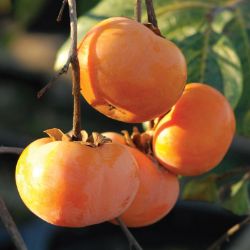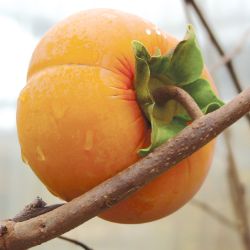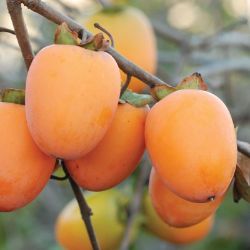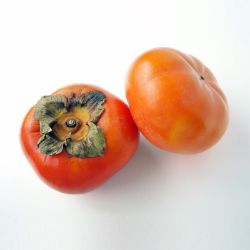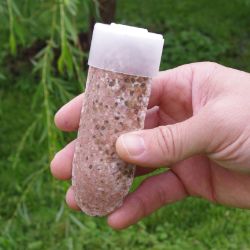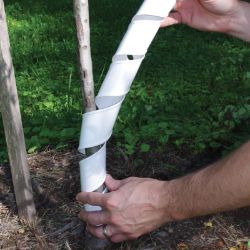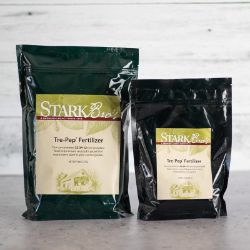Pest & Disease Control for Persimmon Trees
Every fruit tree has the future potential for disease and insect damage. Factors such as location and weather will play a part in which issues your tree encounters. If available, disease-resistant trees are the best option for easy care; and for all trees, proper maintenance (such as watering, fertilizing, pruning, spraying, weeding, and fall cleanup) can help keep most insects and diseases at bay.
NOTE: This is part 5 in a series of 9 articles. For a complete background on how to grow persimmon trees, we recommend starting from the beginning.
Crown Gall
Trees appear stunted and slow growing. Leaves may be reduced in size. Little or no fruit. If plant is dead, inspect roots for hard, woody tumors. Note: many things can cause stunted trees.
Control
- Consult County Extension Agent
Leaf Spot
Appear as small brown or purple spots on leaves. Leaves may turn yellow and fall. Weakens the tree.
Control
- Consult County Extension Agent
Scale
Tan to gray, 1/16” hard, scaly shell covers developing young. Usually on the bark of young twigs and branches, may also be on fruit. Sap feeding weakens the tree. Control during the dormant season and at 1/2” green in needed.
Natural Control
- Rub off with burlap
Other Control Options
- Consult County Extension Agent
Anthracnose
Appears as black spots on leaves, may fall from bottom upwards. Other symptoms may include black sunken spots on leaf stalks and lesions on bark.
Natural Control
- Rake and burn leaves each fall
Other Control Options
- Consult County Extension Agent
Fruit Drop
Caused by excessive vegetative growth. Too much fertilizer can produce excess growth, as can too much pruning.
Natural Control
- Decrease Nitrogen and reduce pruning
Other Control Options
- Consult County Extension Agent
Sunscald
Susceptible in winter.
Natural Control
- Paint trunk with white, water-based paint, or use a tree guard
Other Control Options
- Consult County Extension Agent
Persimmon Phylloxera
Small insect appear that feeds on leaves. Causes little damage except for deformed leaves.
Control
- Consult County Extension Agent
Persimmon Trunk Borer
Insects tunnel into the trunk of young trees near soil line.
Natural Control
- Dig out with thin wire or cut out with sharp knife.
Other Control Options
- Consult County Extension Agent
Mealybug
Adults are ¼“ long, flat, oval shaped with a white waxy covering. Yellow to orange eggs are laid within an egg sac. Crawlers are yellow to brown in color. Over winters as an egg or very immature young in or near a white, cottony egg sac, under loose bark or in branch crotches, mostly found on north side. Damage is by contamination of fruit clusters with egg sacs, larvae, adults and honeydew, which promotes growth of black sooty mold.
Control
- Consult County Extension Agent
Whitefly
Adults are tiny, white winged insects found mainly on the underside of leaves. Nymph emerge as white, flat, oval shapes. Larvae are the size of a pinhead. Suck plant juices from leaves causing them to turn yellow, appear to dry or fall off plants.
Natural Control
- Traps
Other Control Options
- Consult County Extension Agent
Thrips
Tiny, slender, fringed wing insects ranging from 1/25 to 1/8” long. Nymphs are pale yellow and highly active and adults are usually black or yellow-brown, but may have red, black or white markings. Feed on large variety of plants by puncturing them and sucking up the contents.
Natural Control
- Traps
Other Control Options
- Consult County Extension Agent
Mites
Pinpoint size, many different colors. Found on undersides of leaves. Sap feeding causes bronzing of leaves. Severe infestations have some silken webbing.
Control
- Consult County Extension Agent
Root Rot
It causes weak plant growth and the development of small yellow leaves. Terminal growth may be stunted or die back. Plants often collapse and die during hot weather.
Control
- Consult County Extension Agent













